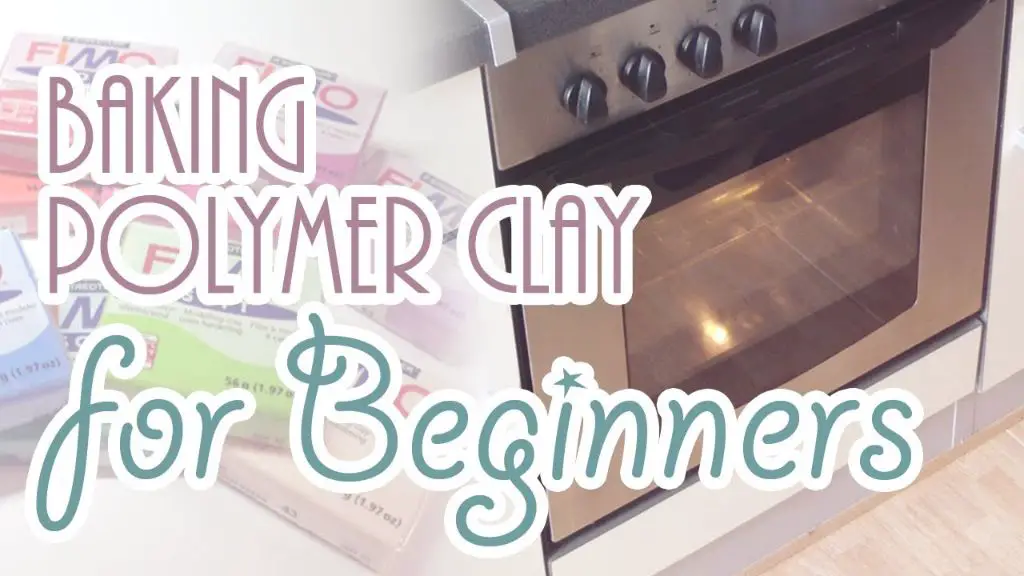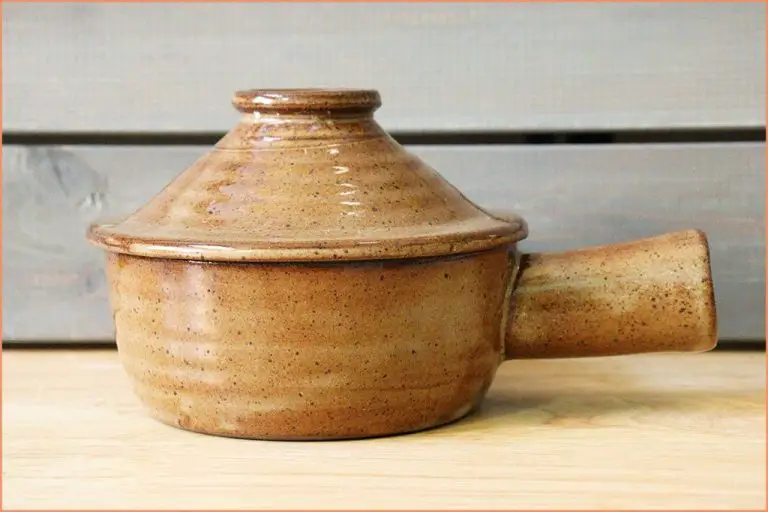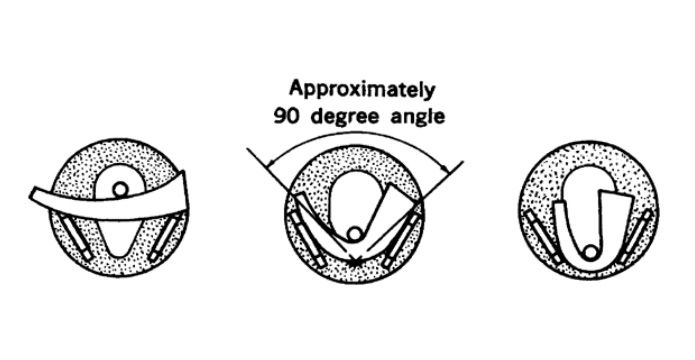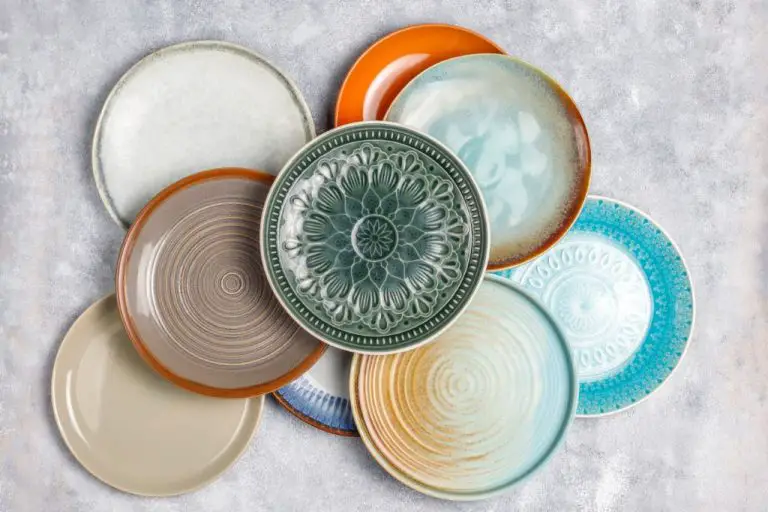Can Sculpey Clay Be Baked In A Regular Oven?
What is Sculpey Clay?
Sculpey is a popular brand of polymer modeling clay that can be hardened by baking in a regular home oven. Polymer clay is made from PVC resin and additives which allow it to be shaped when raw. When baked at the proper temperature, it undergoes a chemical reaction that cures and hardens the clay permanently.
Unlike air-dry clays which harden through evaporation, polymer clays require heat to fully cure and become durable. The curing process causes the polymers to cross-link, creating a strong, solid finished piece. Polymer clay remains pliable and workable until it is baked.
Sculpey comes in a wide variety of colors that can be blended and mixed together. It is lightweight and easy to condition and shape by hand. Sculpey is appreciated by artists and hobbyists for its versatility in creating detailed objects, jewelry, miniature food models, and more.
Can You Bake Sculpey Clay in a Regular Oven?
Yes, you can absolutely bake Sculpey polymer clay in a regular home oven (source: https://www.sculpey.com/blogs/blog/where-to-bake-polymer-clay). Sculpey is specifically formulated to be baked at relatively low temperatures that standard ovens can easily reach.
The recommended baking temperature for Sculpey Original polymer clay is 275°F for 15 minutes per 1/4 inch of thickness, checking frequently toward the end of the baking time (source: https://www.sculpey.com/products/baking-polymer-clay). For example, if your Sculpey piece is 1 inch thick, bake it at 275°F for 60 minutes. Other Sculpey products like Sculpey III and Premo! have similar but slightly varied instructions, so be sure to check the packaging.
Baking Sculpey at the proper temperature and for the recommended duration will fully cure the clay and result in finished pieces that are solid, durable, and able to withstand continued use. So go ahead and use your everyday kitchen oven to bake your latest Sculpey creations!
Tips for Baking Sculpey in a Regular Oven
When baking Sculpey clay in a regular kitchen oven, there are some tips to follow to ensure proper baking and avoid burning the clay:
Use aluminum foil or a baking sheet under the Sculpey pieces to prevent them from sticking to the oven tray (https://www.sculpey.com/blogs/blog/tips-for-baking-your-polymer-clay-projects). The smooth surface of aluminum foil allows for easy removal once baked. Be sure to avoid letting the foil touch the oven walls, as this can affect heat circulation.
Pay close attention to recommended baking times and temperatures (https://polymerclaysuperstore.com/pages/how-to-bake-sculpey-clay). Baking too long or at too high of a temperature runs the risk of burning or scorching the clay. For example, Sculpey III bakes at 275°F for 15 minutes per 1⁄4 inch of thickness.

Check the clay frequently while baking. If any areas start to look shiny or sweaty, that means they are getting too hot. Rotate the pan or adjust the rack position if needed to avoid overcooking.
Let the clay cool completely before handling after baking. This prevents reshaping or accidental damage.
Setting the Correct Temperature
When baking Sculpey clay in a regular oven, it’s important to use the ideal temperature to properly cure the clay. According to Sculpey’s official baking instructions, the ideal temperature range is between 275°F to 325°F (135°C to 165°C) source. Baking at too low of a temperature can result in the clay not fully hardening, leading to pieces that are sticky, flexible, or can even melt in hot conditions. On the other hand, baking at excessively high temperatures above 350°F runs the risk of scorching or burning the clay according to polymer clay expert Christi Friesen source. She recommends staying in the 275-325°F sweet spot for the best results.
The consequence of underbaking Sculpey is that the plasticizers may not fully cure, leaving the clay sticky and prone to indentations. Overbaked clay can turn brown, brittle and prone to cracking. Setting the oven to the proper temperature as per Sculpey’s guidelines will ensure the clay is properly cured and has an optimal strength and finish.
Baking Duration
The baking time for Sculpey pieces depends on the thickness of the clay. According to Investing By The Stars (https://investingbystars.com/whats-the-typical-baking-time-for-sculpey-polymer-clay/), thicker pieces of Sculpey require a longer baking time than thinner pieces. They recommend baking thinner pieces for 15-20 minutes per 1⁄4 inch of thickness. For example, a 1⁄4 inch piece should bake for 15-20 minutes while a 1 inch piece will need 60-80 minutes.
Polymer Clay Tutor (https://www.polymerclaytutor.com/how-to-bake-polymer-clay/) notes that a good rule of thumb is to bake Sculpey at 275°F for 15 minutes per 6mm of thickness. So a 12mm piece would need 30 minutes. They also advise underbaking Sculpey rather than overbaking. It’s easier to re-bake an underdone piece than fix an overbaked one.
Positioning in the Oven
When baking Sculpey clay in a regular oven, it’s important to position the clay properly to ensure even heating. Here are some tips:
Place the clay in the center of the oven, away from the walls and heating elements. The center of the oven tends to be the most consistently heated area. Avoid placing clay near the back or sides, as these spots tend to develop hot spots that can scorch the clay.
Use a baking sheet or oven-safe dish to hold the clay, and place it on a middle rack in the oven. The middle racks tend to heat the most evenly. Avoid top and bottom racks which can lead to over-baking or under-baking.
Allow space around the clay pieces on the baking sheet so air can circulate and heat the clay evenly. Avoid crowding pieces too closely together.
If baking multiple pieces, stagger their placement on the baking sheets rather than stacking them. This allows for better heat circulation.
Keep an eye on the clay through the oven door to make sure it’s not developing scorch marks or browning in one area. If it is, rotate the baking sheet or adjust the rack height.
In summary, centering the clay pieces in the middle of the oven, properly spaced on baking sheets, will help avoid hot spots and ensure even baking.
Cooling Sculpey Pieces
It is important to let Sculpey pieces cool completely before handling them. Polymer clay can be soft and pliable when hot out of the oven, so handling pieces before they have cooled can lead to fingerprints and distortion of the clay [1].
After baking Sculpey, allow the pieces to cool down gradually. Do not place hot Sculpey on cold surfaces like metal or glass, as this can cause cracking or crazing. It’s best to let Sculpey cool on the baking tray for 15-30 minutes before touching it. The cooling time will vary depending on the size and thickness of the piece.
To test if a Sculpey piece is ready for handling, carefully touch the surface with your fingertips. If the clay still feels warm, let it cool for longer. The clay should be completely cool to the touch before removing it from the baking tray or working on the piece. With proper cooling, you can help prevent fingerprints, dents, or other imperfections in finished Sculpey projects.
Oven Maintenance
When baking Sculpey clay in a regular kitchen oven, it’s important to properly maintain the oven to avoid potential issues. As the clay cures, it can release fumes and residue that accumulate inside the oven over time. To keep your oven clean:
Thoroughly clean the oven after each use to remove any clay residue. Scrub the oven walls and racks with baking soda and vinegar to cut through residue (1). For tough baked on stains, let the racks soak in vinegar overnight before scrubbing.
Protect the oven interior by lining baking trays with parchment paper or aluminum foil before placing clay pieces on top. This will prevent any clay from sticking and leave an easier clean up (2).
Ventilate the kitchen well while baking clay and turn on the stove vent fan to direct fumes outside. Open windows to allow fresh air circulation and prevent odor buildup.
Monitor closely for any cracking or flaking of the oven interior over time. This could indicate damage from exposure to clay fumes. Consider scheduling professional oven cleaning periodically to fully remove buildup.
Safety Tips
When baking Sculpey clay in a regular oven, it’s important to follow some safety tips to avoid any issues:
Proper ventilation is key. When baking polymer clay, it’s essential to ensure the kitchen is well-ventilated to allow any fumes to escape. Open windows, turn on fans or ventilation hoods, and avoid standing right next to the oven when checking on your piece.
Take care not to overheat or burn the clay. Follow the package instructions closely for baking temperature and time. Overbaking can cause the clay to burn or scorch. Set a timer so you don’t forget your piece in the oven. Check on the clay towards the end of the recommended baking time.
In addition, refrain from leaving clay projects unattended in the oven as they bake. Stay nearby in case any issues arise.
Alternative Options
While regular ovens can be used to bake Sculpey clay, many crafters prefer using a dedicated polymer clay oven instead. Some popular alternatives include:
- Dedicated polymer clay ovens – These small countertop ovens are designed specifically for baking polymer clay. They typically maintain a very even, low temperature between 130-275°F which is ideal for curing polymer clay without scorching it. Popular models are made by Sculpey, Parma, and Amaco (Polymer Clay Express).
- Toaster ovens – Small toaster ovens are a common choice for baking polymer clay. They are inexpensive and fit on a tabletop. Look for one that reliably holds temps under 275°F. Be aware that opening the door frequently can cause drastic temp fluctuations.
- NuWave or halogen ovens – These are portable convection ovens popular for curing clay as they distribute heat gently and evenly. Some models reach temps as low as 100°F which is great for polymer clay.
The main benefits of a specialty oven include more precise low temperature control, smaller size, and better heat distribution which helps prevent scorching the clay. They also free up your regular kitchen oven for other cooking needs. However they can be pricier than a basic toaster oven and don’t offer as much interior space.
Overall, a dedicated polymer clay oven can provide reliable results over time. But a standard kitchen oven or toaster oven are definitely sufficient for beginning crafters or occasional clay bakers.



